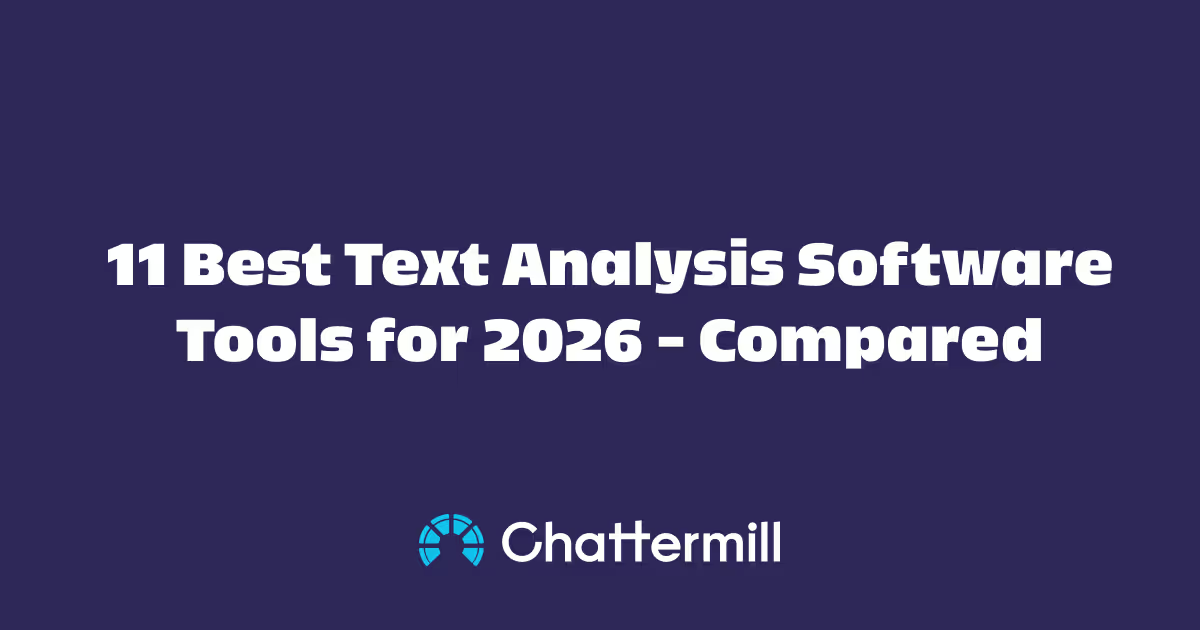Artificial Intelligence, ubiquitously referred to by its punchier abbreviation AI, is everywhere these days, and the realms of insight, marketing, and market research are gradually catching up. Once a concept visited only by authors of science fiction books, we now find these two letters omnipresent in our everyday. A day doesn’t pass without yet another news headline on robots – the physical embodiments of AI – stealing our jobs. According to McKinsey’s AI adoption report, AI’s global economic impact is estimated to reach $13 trillion by 2030, with companies that embrace AI projected to see their cash flow double by 2030.
Unsurprisingly, businesses are scrambling to develop their AI strategy, and the question on everyone’s mind is how best to leverage this exciting new field. Predicting AI’s future trajectory is notoriously hard. Yet, we can be confident that the infamous AI winters (periods of reduced funding and interest during “hype-bust cycles”) are a thing of the past as contemporary AI technologies are only growing in prominence.
Somewhat surprisingly, one sector late to the AI party is market research and insights. On the whole, our industry has always been an early adopter of the latest technologies. We were one of the first to adopt mainframe computers. While other business disciplines were relying on loosely defined frameworks for decision making, market researchers spearheaded the adoptions of cutting-edge experimental research paradigms (e.g., choice modeling) from cognitive science. Likewise, sophisticated statistical testing and modeling approaches were brazenly appropriated from the mathematical sciences and repurposed for our means of understanding consumer cognition and behavior. Yet, in recent years, a schism has developed between leveraging AI breakthroughs and our industry. There are likely to be several misconceptions leading to this sad state of affairs, probably on both sides of the AI and customer insight fence, such as “but, isn’t AI only applicable to big data with millions of customer records?”.
Fear of Losing the Human Touch
As someone who has straddled this apparent divide for the last decade, I think the main barrier to AI adoption in customer insight has been the erroneous idea that this will take us away from what we care about most – human experiences. Here, I will outline why this couldn’t be further from the truth and that the proliferation of AI technologies will lead to the distillation of genuine human-centric customer insights, at an unprecedented scale and in yet unfathomable formats.
Human-Centered AI
The current trend towards Human-centred AI (HAI) was shaped and popularised by Fei-Fei Li, one of the world’s leading AI scientists, from Stanford University. HAI focuses on designing algorithms and machines that are inspired by cognitive psychology with a focus on AI being collaborative, augmentative, and enhancing human productivity. In an increasingly fragmented and complex marketplace, as is commonplace in sectors like media, finance, and online plus brick-and-mortar retail, AI technologies can provide a seamless and personalized experience. No human analyst can crunch all the numbers across dozens of different platforms and help guide sales agents in real-time. However, AI can be and is increasingly being deployed to support point of sales teams to ensure that their customers feel valued and heard by suggesting a curated and personalized list of actions.
Providing high-quality customer experiences is a must for omnichannel interactions in this day and age. Gradually, a new breed of human-inspired “cognitive bots” will also start sharing their learnings to maximize their collective intelligence and utility to customers and companies while continually interacting with human representatives to optimize all the touchpoints available to a company. This shift will lead to simultaneous increases in efficiency, accuracy, and accountability of company-customer interactions.
So, what does that mean in practice for our industry? Firstly, we cannot ignore these changes happening all around us, because this will lead to the siloing of our precious insights and lost opportunities for impacting critical customer decisions. Secondly, it means that we need to go beyond merely building digital insight and research hubs exclusively for human analysts. Instead, in the future, we ought to enable specialized “data science bots”, to unearth rich psychological customer profiles and make predictions through leveraging all of its data assets. In a recent competition for predicting consumer credit risk, a bot called AutoAI beat 90% of the participating data scientists! Gradually, the role of researchers, insight professionals, and data scientists will shift towards working together with software engineers to design such systems that lead to the best possible outcomes for both customers and companies.
What’s Driving this Type of AI?
Within AI, arguably one of the most promising areas of research and applications in Natural Language Processing (NLP), which shouldn’t be surprising given that what makes humans unique compared to other animals is our ability to communicate through language. NLP and human-computer interactions (HCI) using language are as old as the history of computer science, dating back to the Georgetown-IBM translation experiments of the 1950s.
Nonetheless, the last three years have seen a significant step-change in AI’s abilities to understand the nuances and intricacies of human language, leaving the former shackles of keyword-based text analytics behind. Since 2017, a new species of machine learning models for NLP called Transformers, with exotic names such as BERT (Bidirectional Encoder Representations from Transformers) and GPT-2, have been trained with large volumes of naturally occurring language data before being fine-tuned to specific language tasks for bespoke use cases. This leap has given rise to NLP software solutions that can process words in relation to all the other words in a sentence, rather than analyzing each word individually.
For example, in customer experience (CX) applications, this leads to extracting deeper and broader customer insights from open-end feedback at an unprecedented speed. Superior NLP models directly translate to more nuanced psychological customer insights due to the full context of words, phrases, sentences and even whole comments. The developments in AI are unearthing rich information on the underlying meaning, emotions, and intentions in rich customer data, core to customer insights.
In closing, further adoption of AI will not diminish the human experience, even though the argument is somewhat paradoxical at first glance. Instead, it will help scale and harmonize the continuous monitoring of insights directly gleaned from thousands of snippets of disparate customer feedback. Natural language understanding, together with chatbots and related assistive tech, will streamline and simplify increasingly fragmented customer journeys. In our view, AI’s most significant NLP leap will bring consumers closer to companies through the most natural of mediums – natural language, making customer insights more aligned to human psychology.
This blog was originally posted on GreenBook Blog.
















